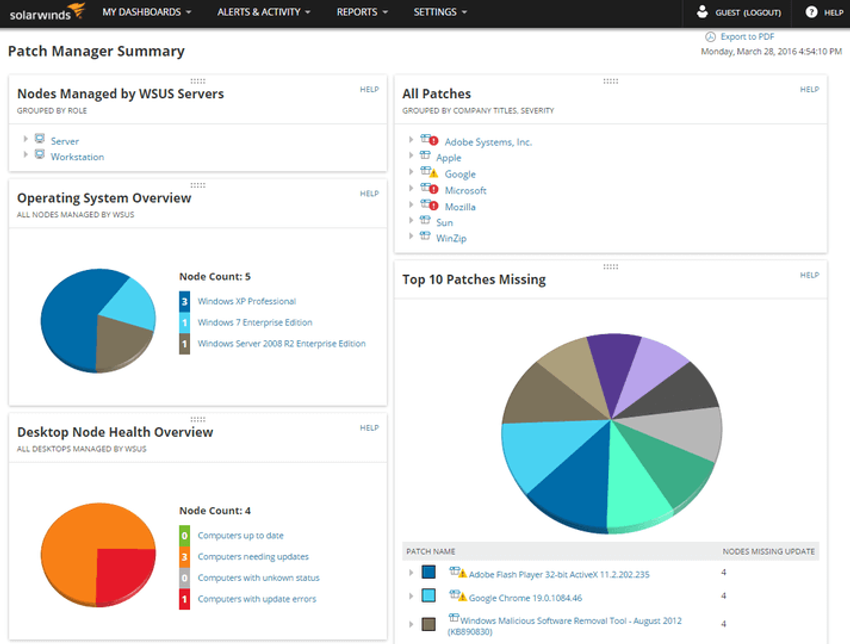
Enterprise Patch Management: How To Go About It
Patch management is related to vulnerability management. Vulnerabilities frequently appear in critical client, server, and networking device operating systems and firmware. Application software, especially internet applications and frameworks like Acrobat, Flash, and Java, is also frequently discovered to have vulnerabilities.
Patch management involves all aspects of software patching, including identifying required patches, acquiring, distributing, installing, and verifying that the patch is installed on all required systems.
Installing patches is frequently the most effective way to mitigate software vulnerabilities. Sometimes, they are the only way to do so.
Patch management is required by some compliance regulations, such as Sarbanes Oxley (SOX) and the Health Insurance Portability and Accountability Act (HIPAA). Failure to implement patches in a systematic and timely manner could result in audit failure and penalties for non-compliance.

Patch Management Techniques
Action Point
PS: I know you might agree with some of the points raised in this article or disagree with some of the issues raised.
Please share your thoughts on the topic discussed. We would appreciate it if you could drop your comment. Thanks in anticipation.




Great content! Super high-quality! Keep it up!
Sustain the excellent work and producing in the group!
Thank you.